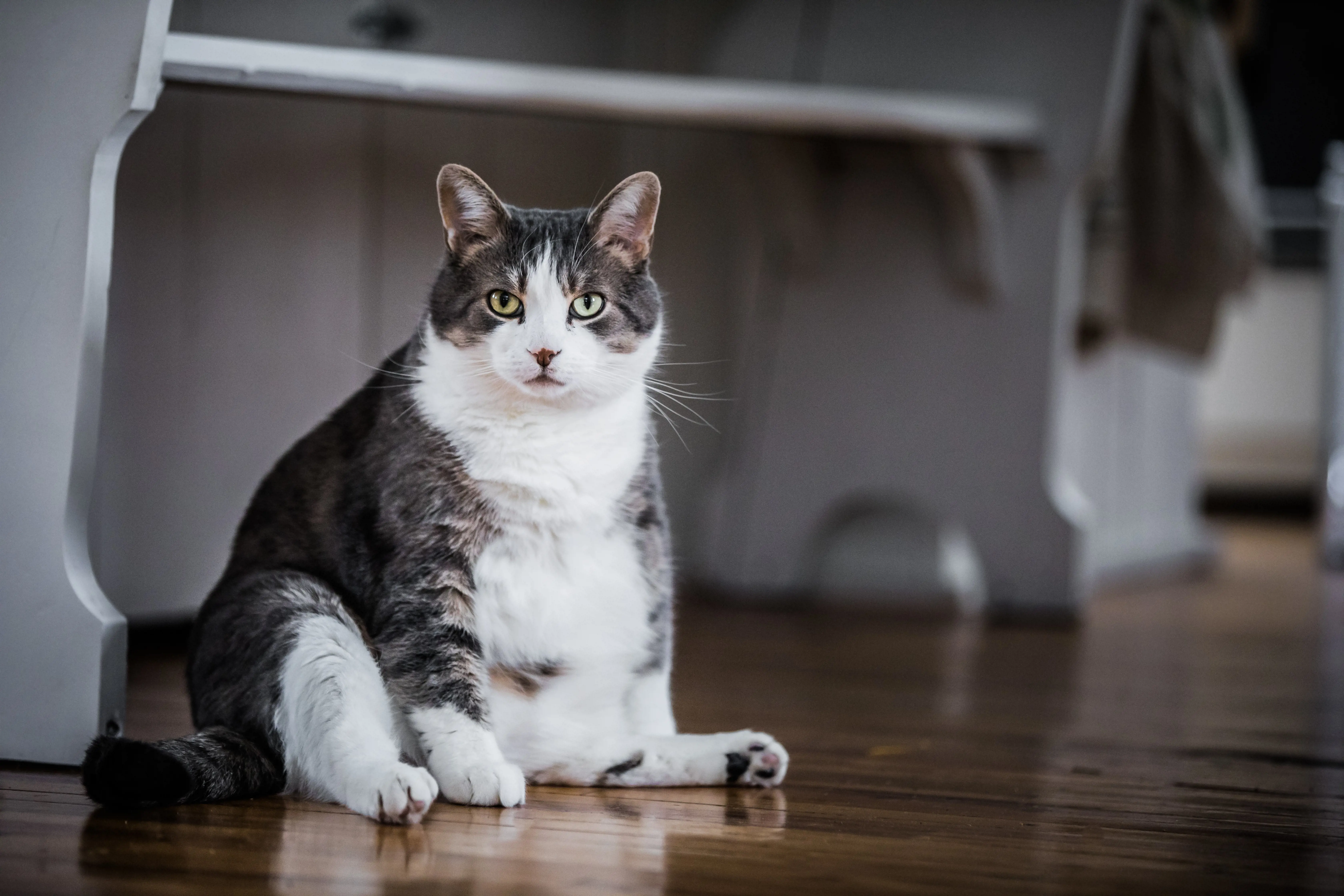Balancing Health: Tackling Pet Diabetes and Obesity
11th October, 2023

Signs of diabetes in pets and what causes it
Diabetes is an illness which is familiar to many pet parents. Over 6 million people in the UK have diabetes, that’s around 1 in 16 or 6% of the population. But our pets can also get diabetes, and it’s a fairly common condition affecting around 1 in 300 dogs and 1 in 230 cats.
Having diabetes means our pet can’t control the levels of sugar in their blood. These sugars are the fuel that keeps everything inside the body working properly. This means the muscles, brain, heart, kidneys, and all the other vital organs. So abnormal sugar levels (too much or too little) can have a significant impact on your pet’s health and wellbeing.
There’s no cure for diabetes, but there are treatments which can control the symptoms for years. But if your pet’s diabetes isn’t treated or controlled, it can lead to life-threatening illness and death. Treatment is usually lifelong, the sooner we can identify symptoms of diabetes and start treatment, the better the chances of controlling the condition.
What are the warning signs of diabetes?
Early signs of diabetes may include:
- Drinking more and peeing more
- Losing weight and muscle, despite eating the same or more
- Sleeping more
- Developing a poorer coat
- Cats may also start to walk oddly and look like their ‘crouching’ on their back legs
If their diabetes isn’t controlled, diabetes can lead to a serious illness called diabetic ketoacidosis (DKA). Warnings of DKA include:
- Vomiting and diarrhoea
- Eating less or not at all
- Sweet-smelling breath and/or urine- a smell like pear drops
- Changes in breathing
- Weakness and tiredness
- Becoming wobbly on legs- appearing drunk and vacant
- Collapse
- Fits/Seizures
DKA is a life-threatening illness and can rapidly lead to death. Call a vet straight away if your pet has any of these symptoms.
What causes diabetes?
Blood sugar is controlled by a hormone called insulin; this is a chemical produced by a gland in your pet’s stomach called the pancreas. Insulin moves glucose (sugars) out of the blood and into the body’s cells. Without insulin, blood glucose levels rise, and the cells are starved of energy.
Diabetes happens for one of 2 reasons:
- The body can’t produce insulin- called type 1 diabetes
- The body can’t respond to insulin or can’t produce enough to meet increased demand- Type 2 diabetes
Type 2 diabetes is the most common type in people and cats. Over 95% of cats with diabetes have type 2. The opposite is true for dogs, virtually all cases in dogs are type 1 diabetes.
Which pet is at-risk of diabetes?
Pets of any ages, sex, or breed can get diabetes, but there are some things which increase their risk, including:
Breed- Sometimes pets inherit a faulty gene that increases their risk of diabetes. Beagles, Poodles, Border Terriers, and Westies have an increased risk in dogs and Burmese cats are susceptible
Age- Diabetes mainly happens in middle to older age pets, in dogs over 5 years old and cats over 6
Some medicines- Especially steroid medicines to control long-term allergies like feline asthma, or behaviour problems in male cats
Obesity- Obesity is a major factor leading to diabetes in pets, especially cats. Obesity is mainly linked to Type 2 or insulin-resistant diabetes, but fatty deposits in the pancreas can also damage insulin production
Being overweight can increase your cat’s risk of diabetes fourfold!
In both cats and dogs, keeping your pet slim makes their diabetes much easier to control. You can significantly reduce your cat’s risk of diabetes by:
- Maintaining your cat at a healthy weight
- Feeding a well-balance diet, appropriate for their age and lifestyle
What’s the treatment for diabetes?
Just like humans, treatment for diabetes usually includes twice daily insulin injections. Your vet or nurse will show you how to do this at home.
Effective diabetes control also needs:
- Regular and controlled exercise to stabilise energy requirements
- Regular vet check-ups to keep diabetes under control
- Managing diet- Your diabetic pet needs a healthy, premium-quality diet which is high in protein and low in carbohydrate. Ideally feed a special prescription diet such as Royal Canin® Canine Diabetic or Hill's Multi-Benefit w/d™ for dogs, and Hill's m/d or Royal Canin® Diabetic Veterinary Health Nutrition for cats
Like humans, cats usually have type 2 diabetes, and just like humans a healthy diet and weight control will go a long way towards controlling the condition. Around 30% of cats will even have a remission of symptoms and no longer need insulin injections.
Treating diabetes is a big commitment for pet parents, it takes time, sticking to daily routines, and even some lifestyle changes. Always talk things through with your vet before starting treatment. Treating diabetes costs thousands of pounds over your pet's lifetime. Having pet insurance reduces a lot of the pressure when your fur baby is unwell.
Dr Deborah Brown BSc, BVM&S, MRCVS, FHEA for Joii
Helpful Pages
Recent Posts

Why do Great Danes bury their heads?
12/03/25
Find out more about Beagles
28/02/25Pet Insurance Quote
- 98% claims paid *
- Claims paid directly to vets
- 24/7 vet video consultations
- Interest free monthly payments


